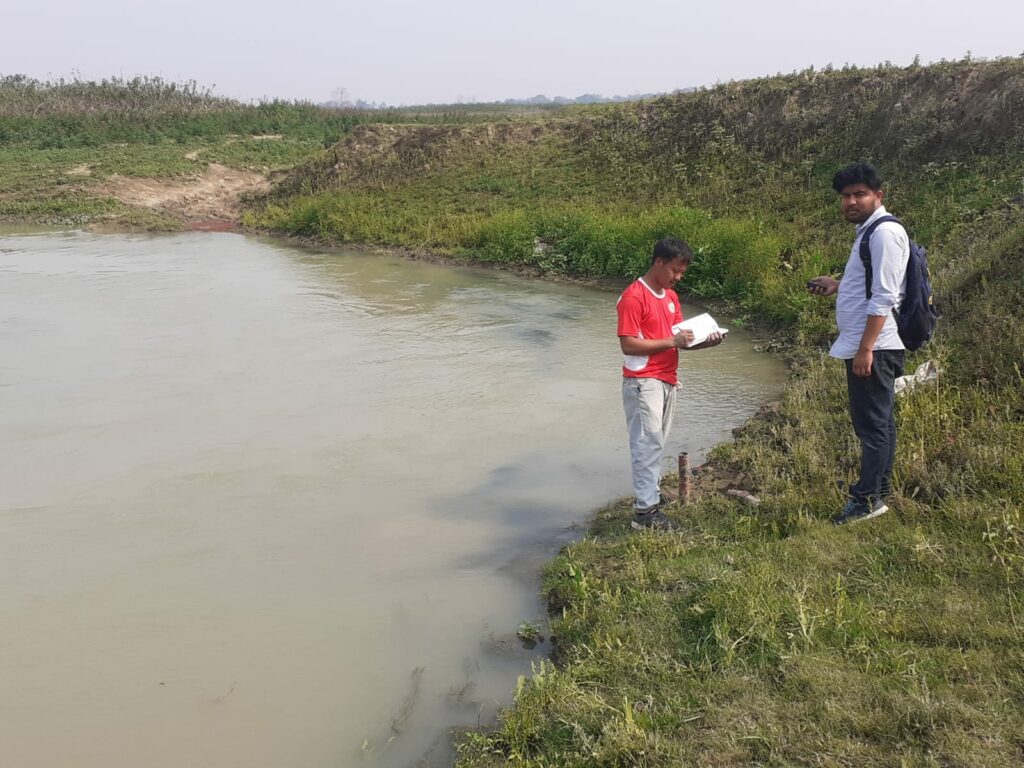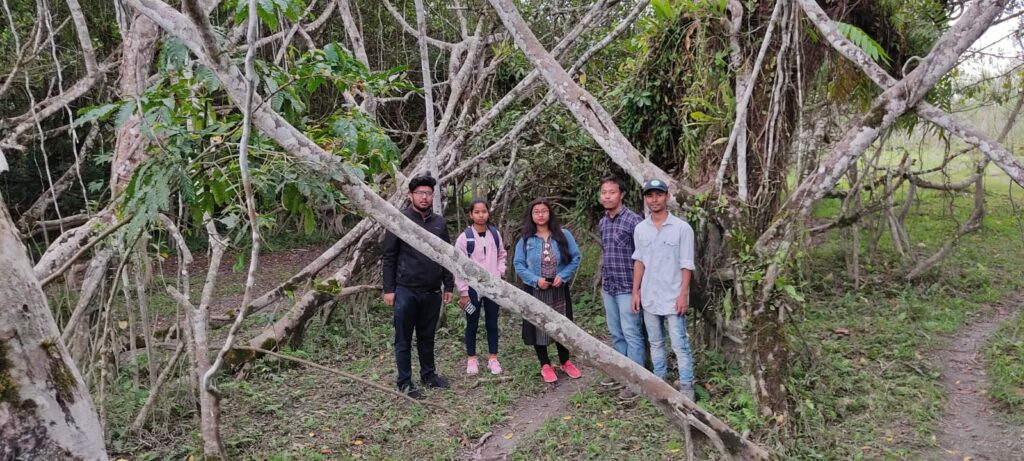The process of removing and storing carbon dioxide from the atmosphere in order to slow down climate change is known as carbon sequestration.
The recent research study entitled “Soil organic carbon pool in diverse land utilization patterns in North‑East India: an implication for carbon sequestration” has been published via the reputed international Netherlands based high impact scientific Journal “Environment, Development and Sustainability (By Springer International) focused on the spatial variability of Soil Organic Carbon (SOC).

The work carried out by the multidisciplinary research team authored by Dr Navamallika Gogoi, Former Assistant Professor, Department of Chemistry, Arunachal University of Studies, Namsai, Arunachal Pradesh, India; Moharana Choudhury, Environmental Research and Management Division, Voice of Environment (VoE), Guwahati, Assam, India, Mohd Sayeed Ul Hasan, Assistant Professor, from Dept. of Civil Engineering, Aliah University, New Town, Kolkata, West Bangle, India Bishwajit Chiangmai & Debajit Baruah students from Department of Chemistry, Arunachal University of Studies, Namsai, Arunachal Pradesh, India and Dr Palas Samanta, Assistant Professor, Department of Environmental Science, Sukanta Mahavidyalaya, University of North Bengal, Dhupguri,West Bengal, India.

This study investigates the impacts of different land-use patterns on soil organic carbon (SOC) storage and stabilisation in North-East India. More precisely, the study centres on Assam’s Panidehing Wetland, also known as a Bird Sanctuary, and Dibru Saikhowa, a designated National Park. The significance of these two habitats lies in their abundant biodiversity and proximity to the world’s tropical evergreen rainforests.
The Dibru Saikhowa National Park is in the Assam region of India, namely in the Dibrugarh and Tinsukia districts. The Brahmaputra River forms the western boundary, the Lohit River marks the northern boundary, and the Dibru River delineates the southern boundary. This unique habitat consists of humid mixed semi-evergreen forests, humid mixed deciduous forests, canebrakes, and grasslands.
Furthermore, it is the most expansive Salix swamp forest in the northeastern region of India. This forest is known for its tropical monsoon climate and ample precipitation. The lands function as natural habitats for a wide range of unique and extraordinary plant and animal species that are rare and globally significant. The research project integrates in-situ data such as pH, Bulk Density, and Texture, along with satellite-derived spectral indexes, notably the Normalised Difference Vegetation Index (NDVI) and Bare Soil Index (BSI). The results suggest that Dibru Shoikhowa, a national park, has a higher carbon storage capacity than Panidehing Wetland, a bird sanctuary in the Sivasagar region of Assam. The Panidehing Wetland is a vital ecosystem that serves as a habitat for migratory and resident birds, hosting a diverse range of over 165 species. These findings offer policymakers vital insights to enhance the preservation and stabilisation of soil organic carbon (SOC) in wetland and wooded regions, thereby efficiently controlling the global carbon load. The multivariate redundancy analysis (RDA) revealed that the clay and sand fraction significantly influenced the distribution and storage of soil carbon across different land usage patterns. The research indicates that the Dibru Shoikhowa area possesses a higher carbon storage capability than the Panidehing Wetland area. The findings of this study indicate that both land-use types are crucial in sequestering carbon, thus assisting in mitigating the effects of climate change. The research findings have important implications for policymakers in improving the preservation and stability of soil organic carbon (SOC) in wetland and forested areas, thereby successfully addressing the global carbon burden. Furthermore, this research is crucial for comprehending the mechanisms that influence the global distribution of soil properties and elucidating the magnitude of spatial variability on a broader scale.
Researcher and Environmentalist Moharana Choudhury, one of the authors of this research paper, emphasised the novelty and importance of this study, particularly in the context of these specific geographical regions and two distinct ecosystems. The study aims to comprehensively understand the Soil Organic Carbon levels in the region and their global implications. The research team anticipates that this study will provide valuable insights into the significant role of carbon sequestration and ecosystem conservation. It will benefit researchers, policymakers, organisations, nature enthusiasts, and environmental departments worldwide.

